“Un Eldorado aux enfers,” number 22 from a set of Stereo-Diableries (Paris, 1870s?). Graphic Arts GA 2005.01266. See more at: http://www.visual-media.eu/diableries.html
Engraved scenes that could be viewed through a set of lenses were a popular phenomenon in eighteenth century. The prints or vues d’optique were designed with an enhanced perspective so that, when viewed with a zograscope or in peep show boxes, the scene appeared to be three-dimensional. To further enhance the views, lights, stars, candles, or other bright parts of the image were pricked with a needle so that when the print was lit from the back, the picture turned into a nighttime scene. Colors were also painted on the back of the print, which were only visible with back lighting.
Once photography was invented, pricked or back-lit views continued to be made using photographs. Carlo Ponti (1823-1893), in particular, developed the megalethoscope for viewing pricked photographs with both front and back lighting so that the image appeared to shift from day to night. Stereoscopic views were invented by Charles Wheatstone (1802-1875) in 1840 but were not mass produced until the 1860s. The fanciest stereos, such as these, were pricked and had a second layer of tissue with added color. These elements were only visible when the stereo holder was pointed at the window or a candle. It is interesting here to look at the cards both with and without back lighting.
Graphic Arts also holds a complete set of La Biche au bois (The Doe in the Forest). Twelve stereoscopic views (Paris: Actualites de Theatre, after 1865). Graphic Arts 2005.01264-2005.01276
These “hold-to-light” stereoscopic photographs show scenes from the light opera: La biche au bois (5 acts, by the Cogniard Brothers), in Porte Saint-Martin, 1865. Katherine Singer Kovács commented on a performance of La Biche au bois in an article about the early filmmaker Georges Méliès:
An extremely successful feerie called La Biche au Bois contributed to this trend. In this work by the Cogniard brothers grotesque and comic forms were introduced on a large scale. Prior to this time (1845) characters in feeries had confined their travels to allegorical or mythological lands, in the heavens or beneath the seas. This all changed with La Biche. In addition to investigating these conventional locales, characters in La Biche au Bois explore new domains, such as the kingdom of bells, the kingdom of fish, and the kingdom of vegetables where they talk with fruits and vegetables of colossal dimensions. Each of these tableaux contains a grotesque ballet in which men dress as animals and the intention is comic.
Katherine Singer Kovács, “Georges Méliès and the ‘Féerie’,” Cinema Journal, 16, no. 1 (Autumn, 1976): 1-13.
See also: Jac Remise, Diableries: la vie quotidienne chez Satan à la fin du 19e siècle (Paris: Balland, 1978). Interlibrary loan for now.
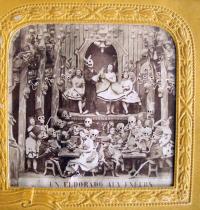
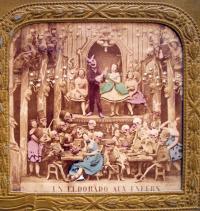
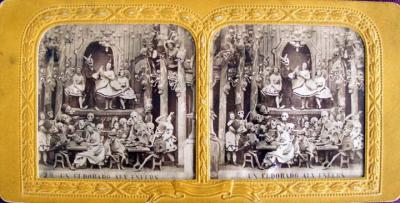
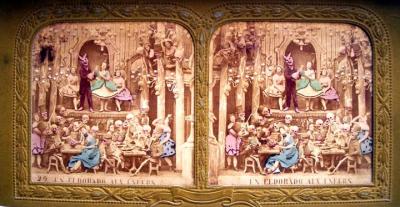
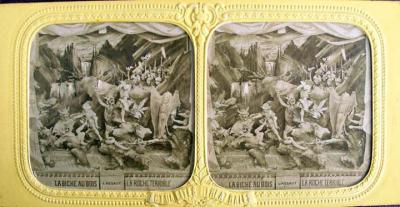
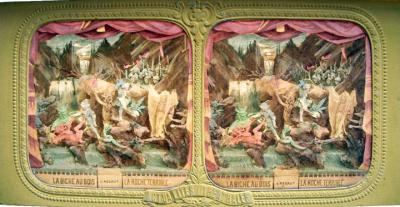
Very interesting article. I'm planning to write a post on the same subject on my blog soon; I'll cite yours.